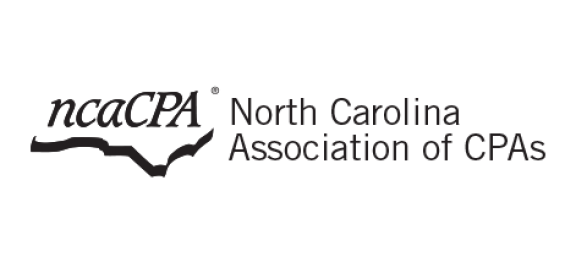
By Jeffrey M. Carlini, CPA
Background
FASB recently released ASU 2014-03 entitled Accounting for Certain Receive-Variable, Pay-Fixed Interest Rate Swaps-Simplified Hedge Accounting Approach. This new standard update is a consensus of the Private Company Council (PCC) and is part of FASB’s new efforts to meet the needs of private companies. In today’s lending climate banks usually lend funds to private companies at a variable interest rate. Many private companies would rather have the certainty of fixed rate debt. Due to this, either at the company’s request or the bank’s, the company enters into an interest rate swap agreement. This swap, commonly known as a “plain-vanilla” swap, will cause the company to pay a fixed rate and receive a variable rate effectively converting their debt to a fixed rate.
The accounting standard that governs these swaps is topic 815, Derivatives and Hedging. Prior to ASU 2014-03, all interest rate swaps including these “plain vanilla” swaps require complex accounting which is difficult for a private company to understand and comply with. Unless stringent criteria are met, the accounting standards require these swaps to be valued at fair value which results in income statement volatility.
Due to private companies’ concerns that the cost benefit and relevance of marking the swaps to market was impractical, the PCC came up with this new standards update applicable to all entities except for public businesses and not-for-profit entities.
Main Provisions
Under this new simplified hedge accounting approach, the interest expense recognized in a receive-variable, pay-fixed interest rate swap arrangement will be similar to the amount that would have been recognized if the entity had originally entered into fixed rate debt.
If the following conditions are met the swap is valued at settlement value instead of fair value:
- Both the interest rate of the borrowing and swap and reset period are based on the same index (e.g. one month LIBOR).
- The terms of the swap are typical and there is no floor or cap on the variable interest rate of the swap unless the borrower has a comparable floor or cap.
- The debt and swap were entered into at the same time or no more than a few days apart.
- The amount of the swap is less than or equal to the principal amount of the debt.
- All interest payments on the borrowed amount during the term of the swap are designated as hedged.
How to Calculate Settlement Value
Settlement value is calculated by performing a present value calculation of the swap’s remaining estimated cash flows, using a valuation technique that is not adjusted for nonperformance risk. By eliminating the need to factor in nonperformance risk, this calculation is made substantially easier.
Applying the Standard
Documentation must be complete by the date on which the first annual financial statements are available to be issued. This is a good for companies because many times they do not consider the accounting implications of interest rate hedges until the year-end financials and disclosures are being prepared.
Any swap entered into prior to or after this standards update can be accounted for under the simplified hedge accounting approach. Disclosures for interest rate swaps are very close to current standards. Note that companies can keep their current accounting models and do not have to adopt this alternative approach. The ASU is effective for annual periods beginning after December 15, 2014, and interim periods within annual periods beginning after December 15, 2015, with early adoption permitted. This standard update should be a welcome sign to private companies that have been struggling with accounting for these types of swaps.
This post originally appeared on February 20, 2015 at ncaCPA.com
